Finding destinations that balance education with entertainment can transform ordinary family vacations into extraordinary learning adventures. The best family-friendly attractions engage young minds while keeping the experience fun enough that kids don’t even realize they’re absorbing knowledge along the way.
Here is a list of 15 places across the United States where families can enjoy the perfect blend of education and entertainment, creating memorable experiences that stimulate curiosity and spark joy.
City Museum, St. Louis
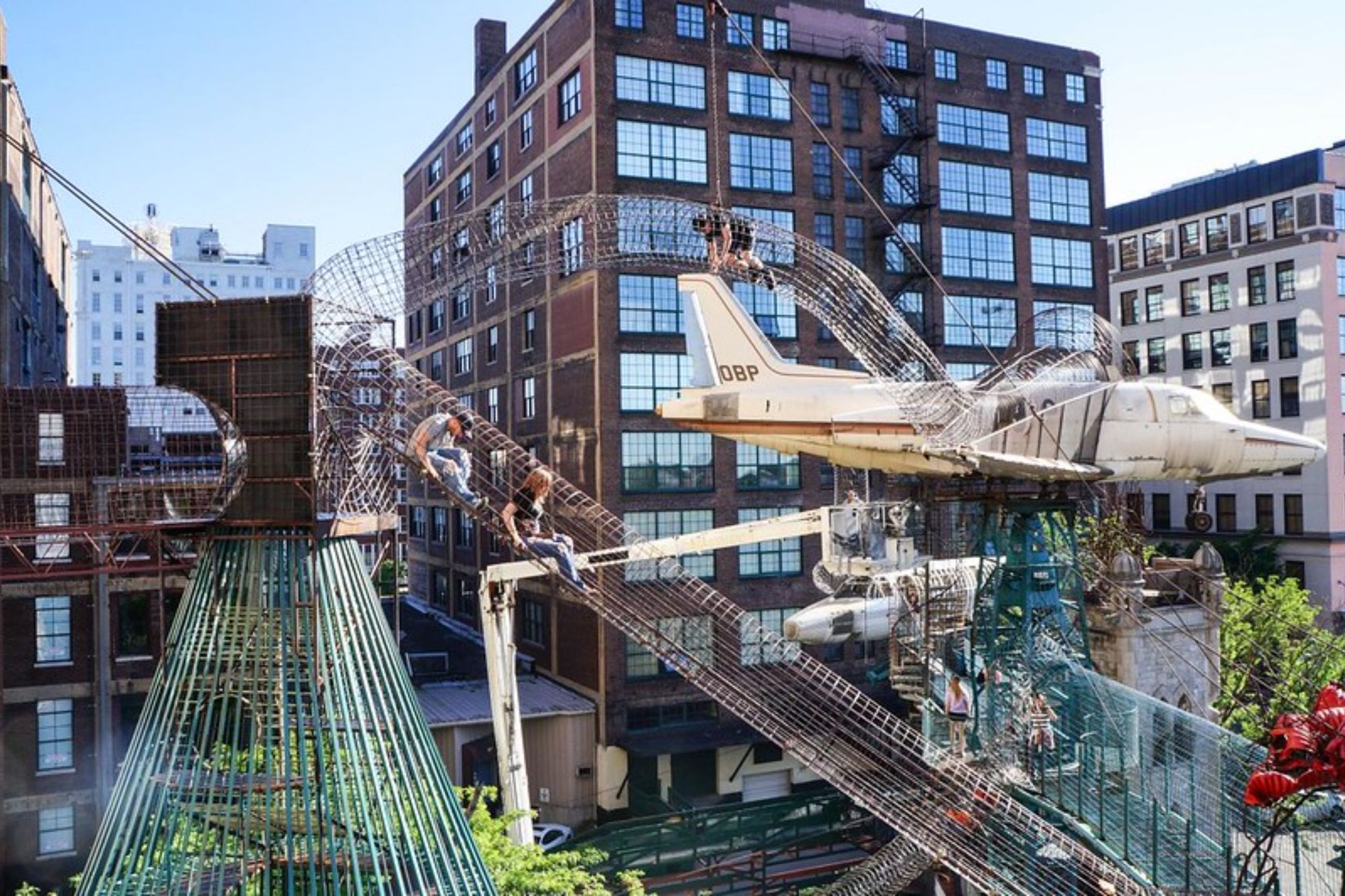
This repurposed warehouse transforms industrial artifacts into a 10-story playground where children and adults can crawl through tunnels made from salvaged airplane fuselages and slide down chutes that once moved shoes in a factory. The museum teaches principles of engineering, architecture, and creative reuse through physical exploration rather than traditional exhibits.
Visitors learn about urban renewal and sustainable design while scrambling through caves, climbing wire structures, and discovering hidden passages.
Kennedy Space Center, Florida
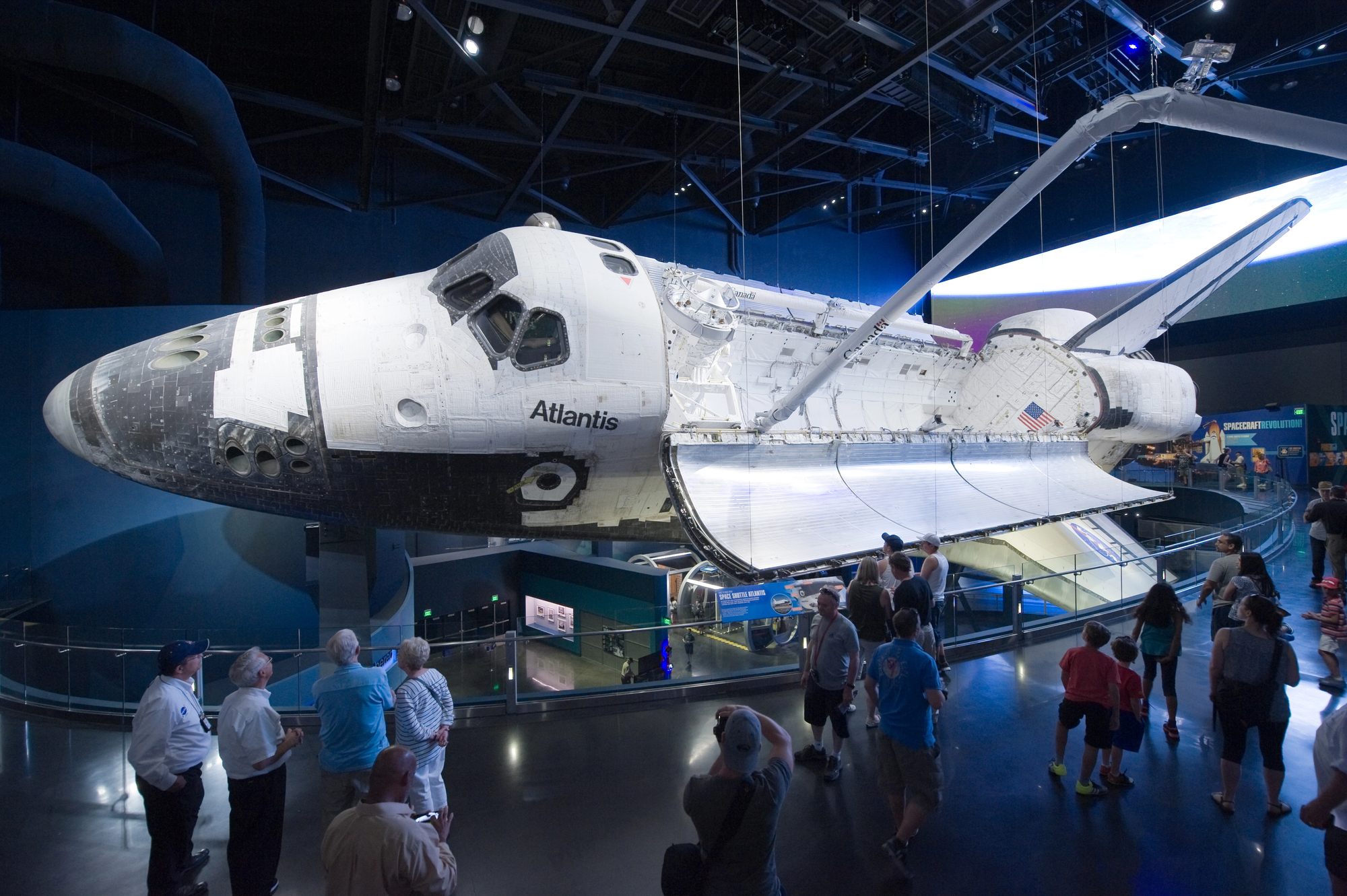
The launch site for America’s space program offers hands-on exhibits where families can experience astronaut training simulators and touch real moon rocks. Children can design and test their own rockets at the Journey to Mars exhibit, understanding basic principles of physics through play.
The Shuttle Launch Experience provides a realistic simulation of blasting into orbit, complete with authentic mission control countdowns and the sensations of acceleration.
Monterey Bay Aquarium, California

This world-class facility transforms marine biology education through interactive tide pools where children can gently touch starfish, sea cucumbers, and anemones under staff guidance. The aquarium’s two-story kelp forest tank demonstrates complete ecosystems rather than isolated specimens, teaching ecological concepts through immersive experiences.
Young visitors learn about ocean conservation through playful activities like following sea otter feeding routines and participating in citizen science projects along the adjacent shoreline.
Like Travel Pug’s content? Follow us on MSN.
National Museum of Play, Rochester

The only museum dedicated entirely to the concept of play houses collections of historic toys alongside interactive exhibits that explore how play shapes cognitive development. Children can shop in a kid-sized Wegmans supermarket, learn math skills while playing store, or explore the Reading Adventureland, where literacy combines with physical activity.
The museum’s Butterfly Garden teaches life cycles and pollination as children track butterflies through a tropical environment designed for both insects and young explorers.
Exploratorium, San Francisco

This pioneering science center proves that physical interaction creates deeper understanding than passive observation through hundreds of exhibits that visitors manipulate themselves. Families learn about perception by walking through the Tactile Dome in complete darkness, using only their sense of touch to navigate.
The museum’s outdoor exhibits utilize San Francisco Bay to demonstrate tidal patterns, water physics, and environmental science through splashy, hands-on activities.
Colonial Williamsburg, Virginia

America’s largest living history museum employs hundreds of costumed interpreters who stay in character while demonstrating 18th-century crafts, cooking, and daily life. Children can participate in military drills with wooden muskets, learning Revolutionary War history through physical play.
The immersive environment teaches through all senses – from the smell of bread baking in colonial ovens to the physical experience of writing with quill pens in the schoolhouse.
Like Travel Pug’s content? Follow us on MSN.
Children’s Museum of Indianapolis
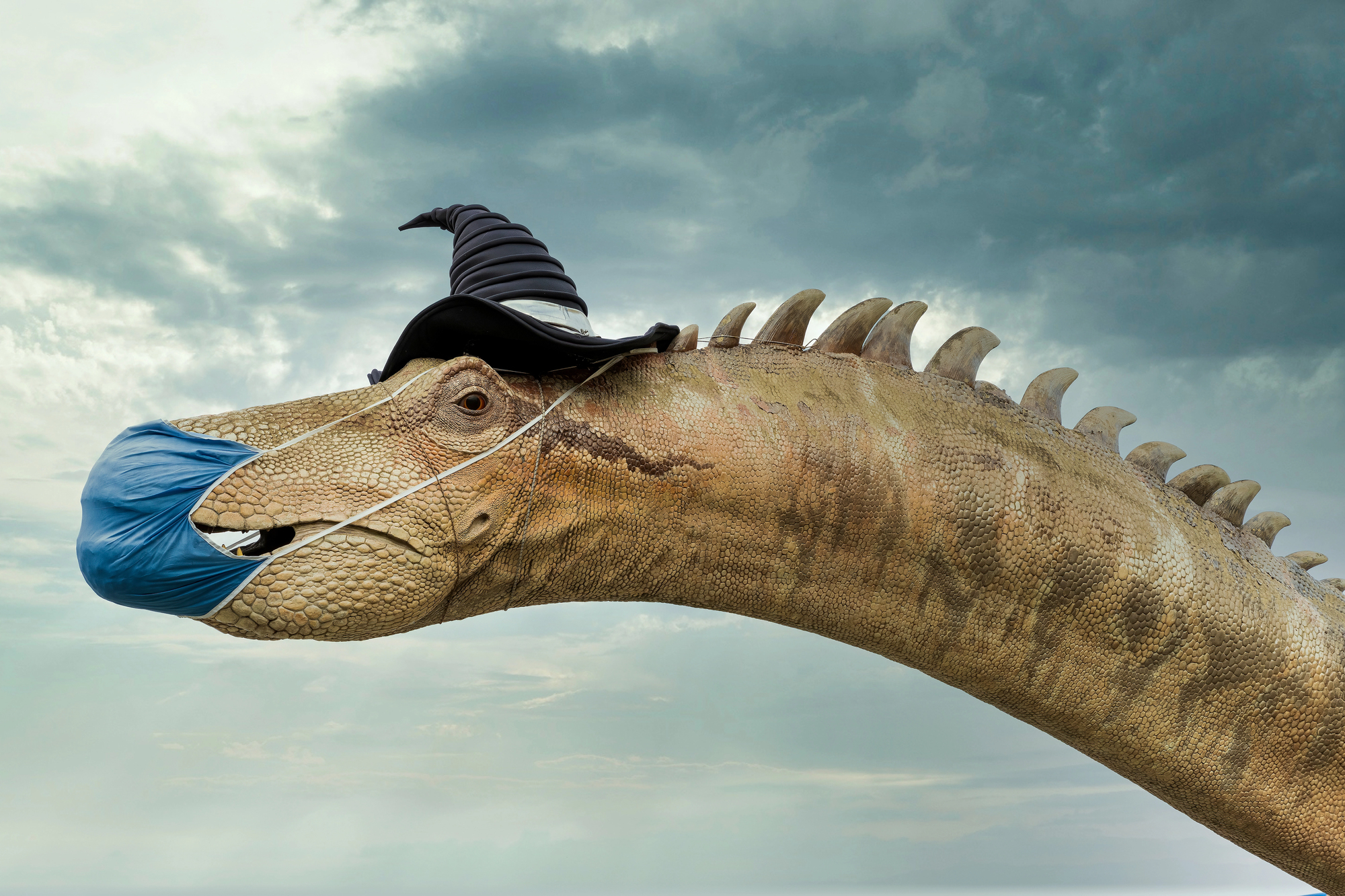
The world’s largest children’s museum spans five floors with exhibits designed by education specialists to incorporate play into learning about everything from dinosaurs to space travel. The Dinosphere recreates Cretaceous environments with sound effects and lighting that change throughout the day, teaching paleontology concepts through immersive play.
The museum’s Sports Legends Experience combines physical activity with lessons about physiology, teamwork, and the science behind athletic performance.
National Eagle Center, Wabasha
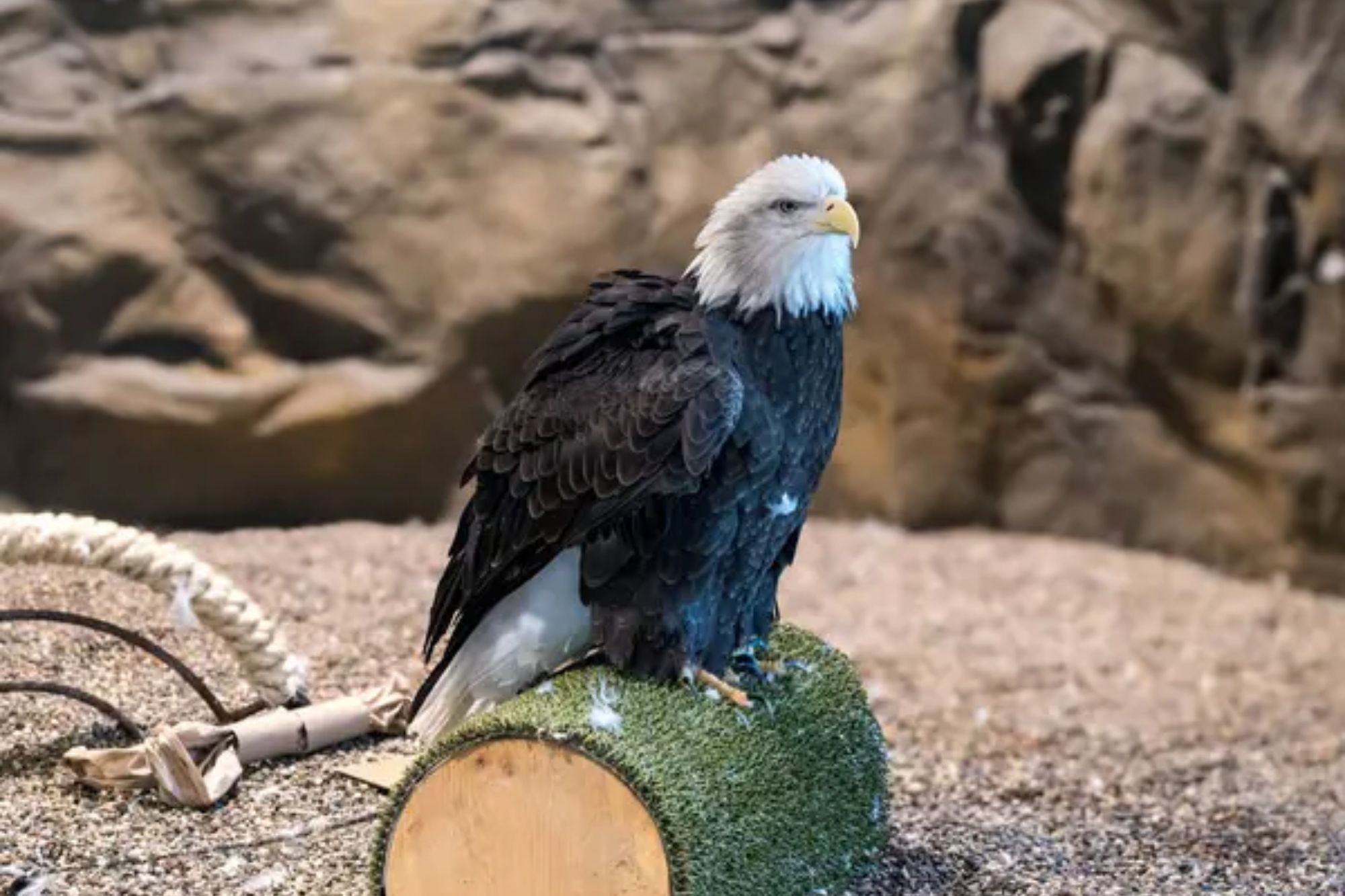
This specialized wildlife center along the Mississippi River offers daily programs where families observe live bald eagles from just a few feet away while naturalists explain raptor biology and conservation. Children learn about watershed ecology through hands-on stream tables that demonstrate how pollution travels through water systems.
The center’s outdoor observation deck provides opportunities for families to spot wild eagles fishing in their natural habitat, connecting classroom concepts to real wilderness experiences.
The Tech Interactive, San Jose
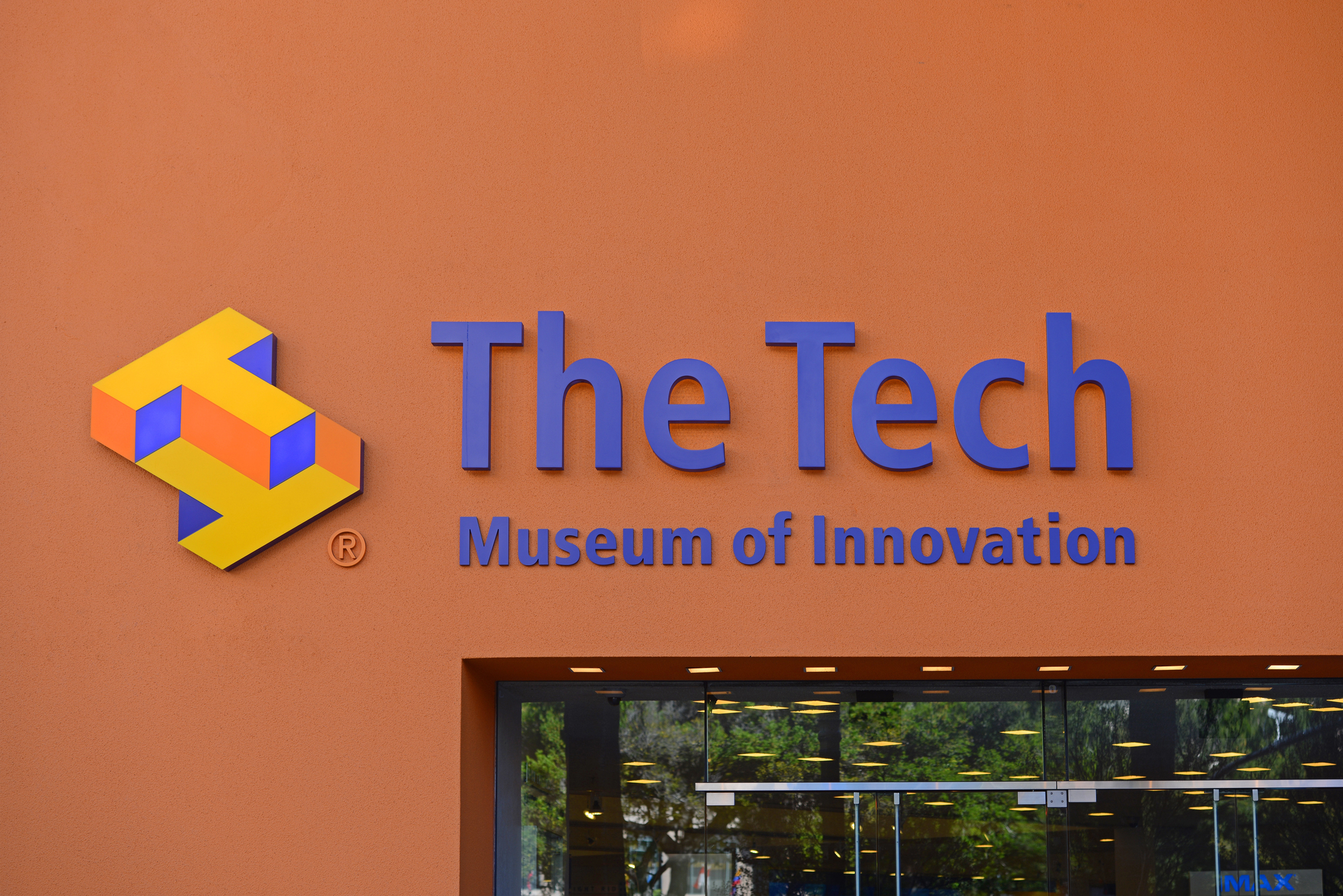
Silicon Valley’s premier science center focuses on emerging technologies through experiences like the BioDesign Studio, where visitors experiment with synthetic biology concepts through accessible activities. Children design and test earthquake-resistant structures on shake tables, learning engineering principles through trial and error.
The museum’s Social Robots exhibit allows families to program behavior patterns into robots, introducing computer science concepts through playful interaction.
Like Travel Pug’s content? Follow us on MSN.
Musical Instrument Museum, Phoenix
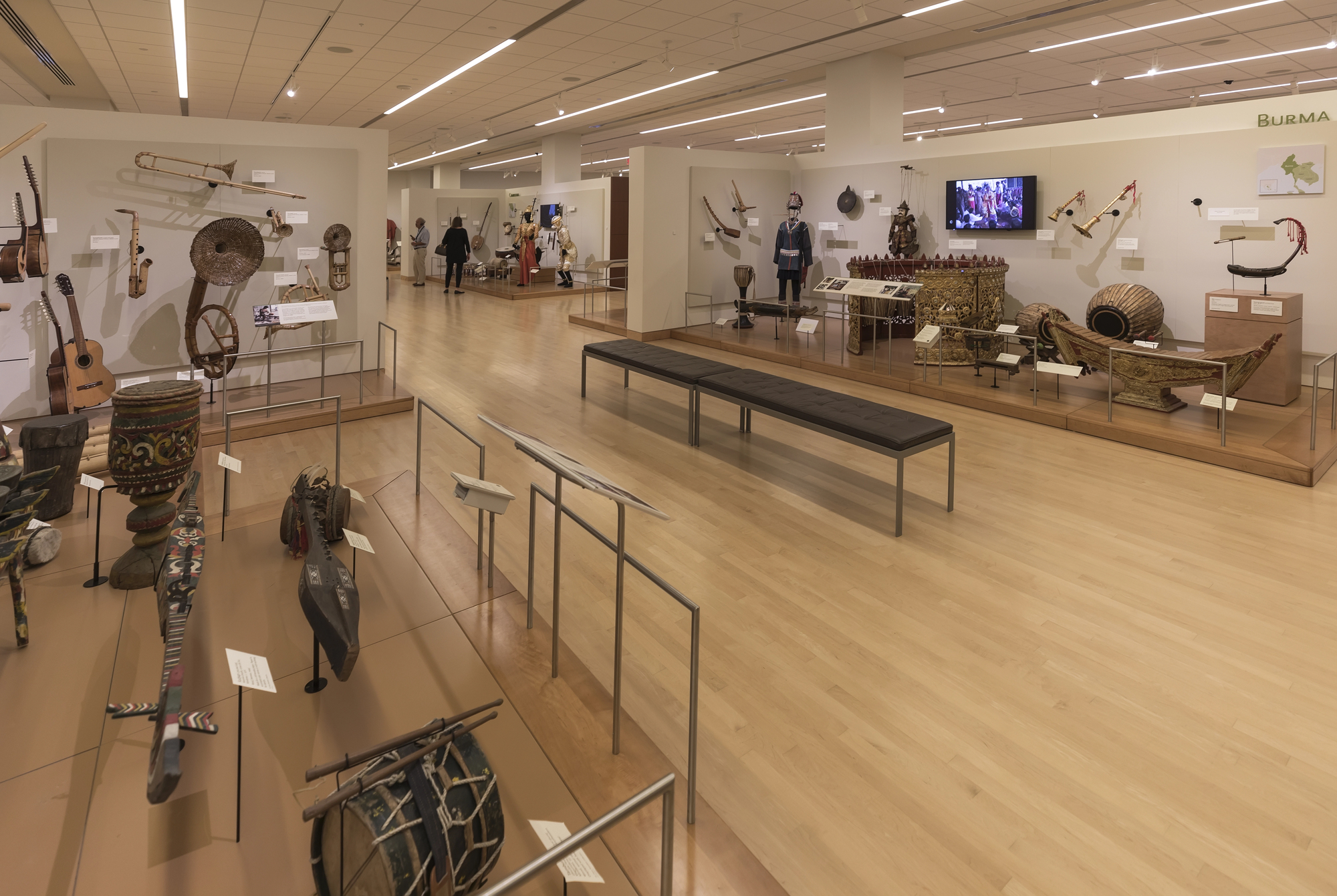
This unique collection showcases instruments from every country in the world, with wireless headsets that automatically play corresponding music as visitors approach each display. Children can create their own sounds in the Experience Gallery, where dozens of authentic instruments from global cultures are available for hands-on play.
The museum teaches music theory, cultural geography, and physics principles through interactive exhibits explaining how different instruments produce their distinctive sounds.
Mystic Seaport Museum, Connecticut
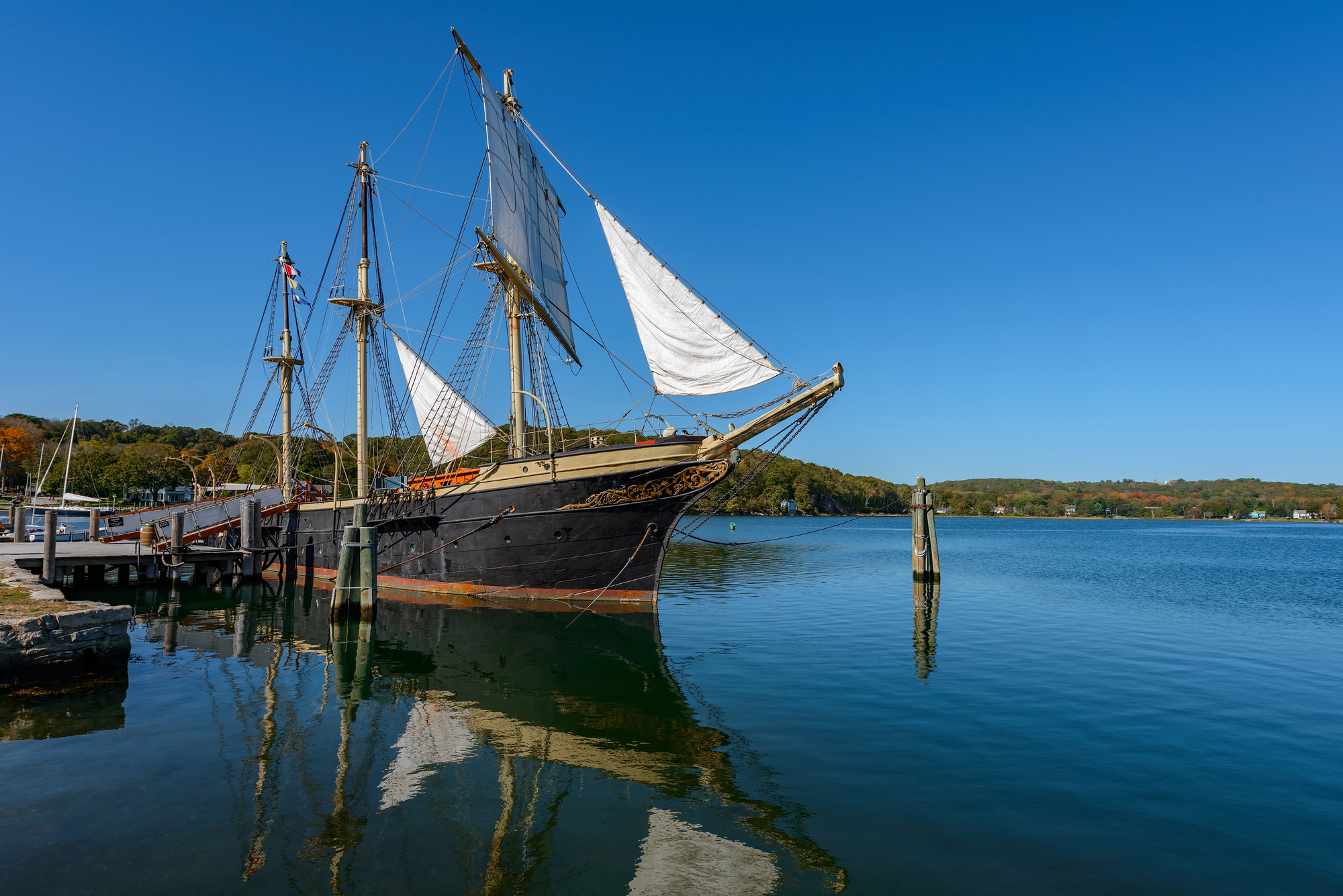
America’s leading maritime museum combines a recreated 19th-century coastal village with a working shipyard where families observe the restoration of historic vessels. Children can climb aboard authentic tall ships, learning naval architecture and navigation while exploring belowdecks.
The museum’s hands-on sailing programs teach physics and meteorology as families work together to harness wind power, adjusting sails while learning the vocabulary and techniques of traditional seamanship.
Museum of Science and Industry, Chicago
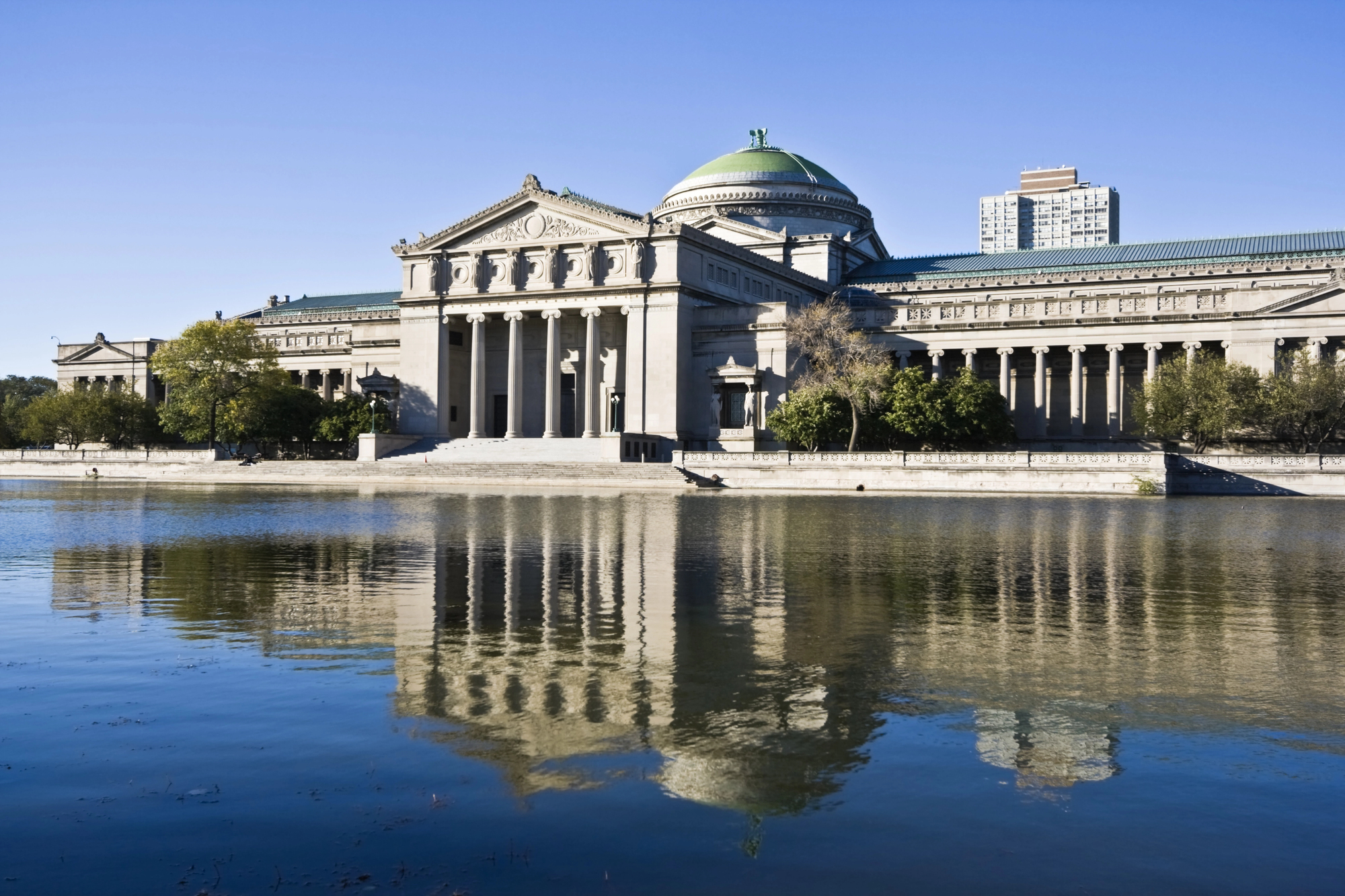
America’s largest science museum occupies the former Palace of Fine Arts from the 1893 World’s Fair, where cutting-edge interactive exhibits now fill historic halls. Families can tour a real German U-boat captured during World War II or descend into a realistic coal mine that demonstrates both geological concepts and labor history.
The museum’s giant heart model allows children to walk through a human heart, understanding cardiovascular systems through physical exploration rather than diagrams.
Like Travel Pug’s content? Follow us on MSN.
National Building Museum, Washington, DC
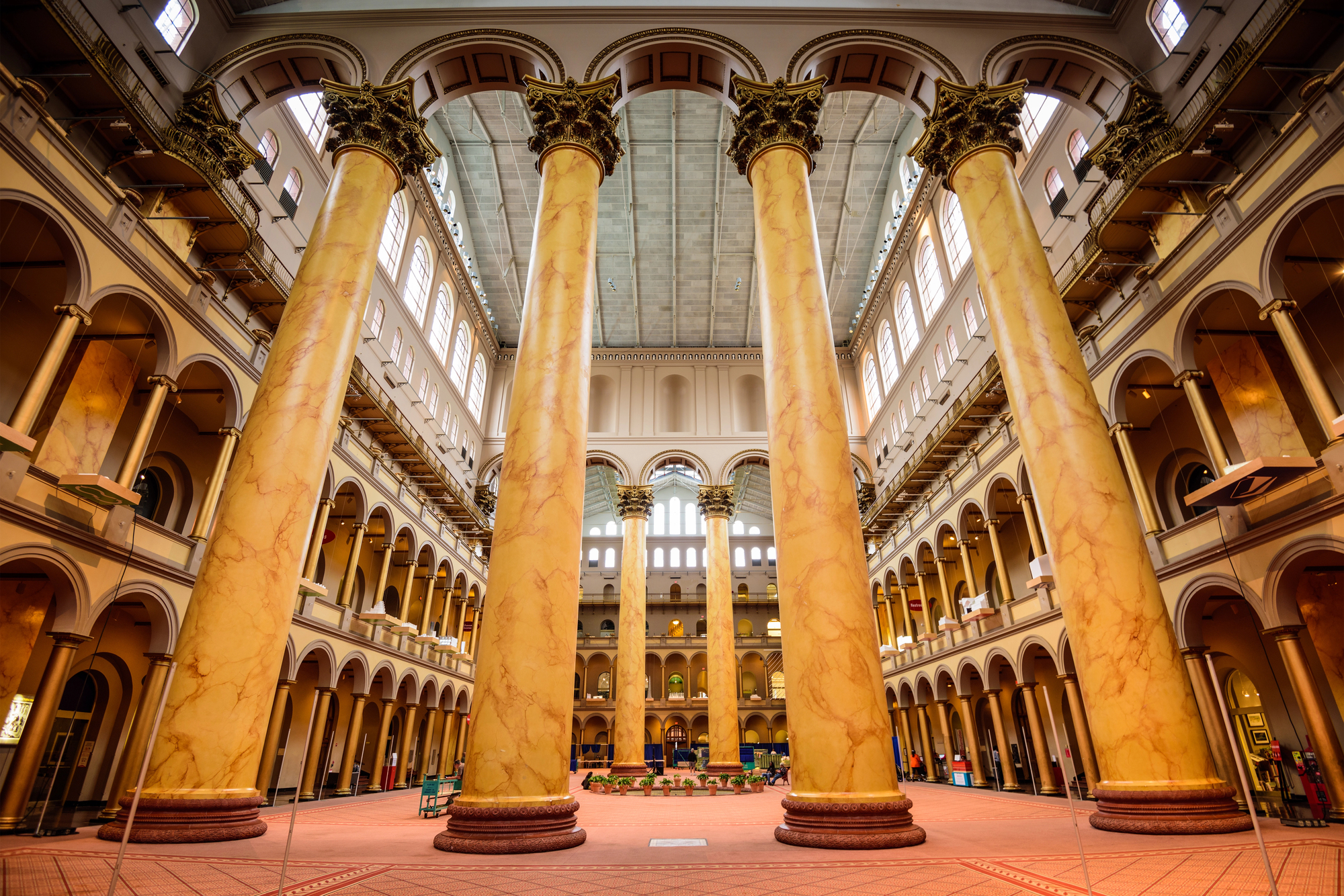
This architectural gem houses exhibits focused on construction, design, and urban planning, with block play areas designed by child development experts. The Building Zone gives children materials to create their own structures, learning principles of balance and engineering through guided play.
The museum’s dramatic Great Hall hosts temporary installations like giant ball pits and maze structures that transform mathematical concepts into physical experiences that families navigate together.
Acadia National Park, Maine

This spectacular Atlantic coastal park combines natural science education with outdoor recreation through its innovative Junior Ranger program. Families can explore tide pools with rangers who explain marine ecosystems while children discover crabs and sea stars hiding among the rocks.
The park’s network of historic carriage roads offers car-free cycling routes where interpretive signs explain glacial geology features visible from scenic overlooks, turning a family bike ride into an earth science lesson.
The Strong National Museum of Play, New York

This unique institution in Rochester houses both the National Toy Hall of Fame and the World Video Game Hall of Fame, alongside interactive exhibits designed by child development specialists. The museum’s Toy Halls of Fame showcase how play patterns have evolved throughout history while allowing families to try classic toys together.
The eGameRevolution exhibit transforms gaming history into a playable arcade where multiple generations connect through shared gaming experiences spanning from early pinball to modern virtual reality.
Like Travel Pug’s content? Follow us on MSN.
Learning Through Enjoyment
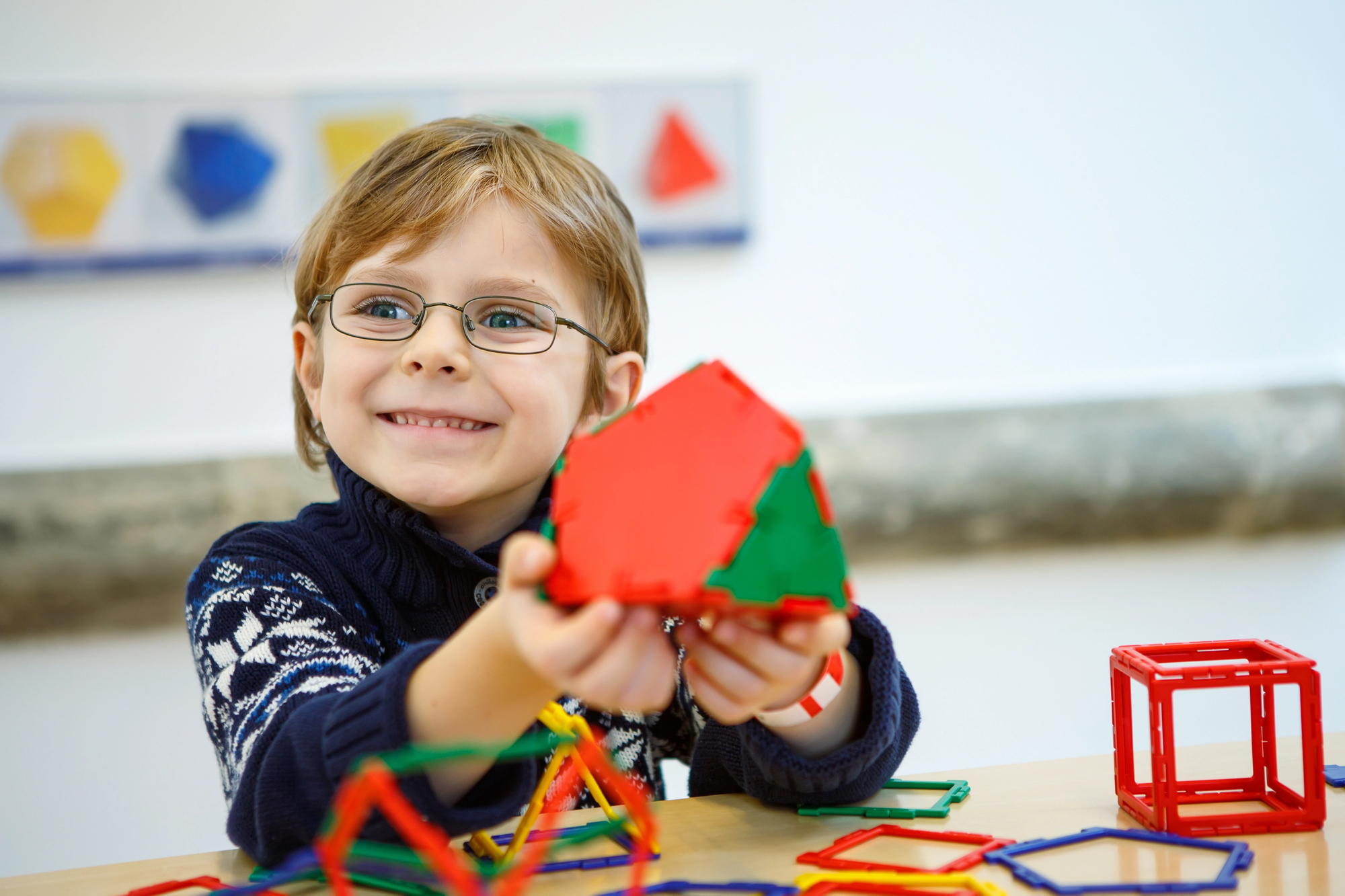
These exceptional destinations demonstrate that education doesn’t require sacrificing fun – in fact, the most effective learning often happens when children are thoroughly engaged in play. By integrating factual content with activities that encourage exploration, these places create environments where knowledge becomes an adventure rather than an assignment.
Families who visit these destinations often find that conversations about science, history, and culture continue long after the trip ends, sparking curiosity that extends far beyond classroom walls. These shared experiences build both knowledge and family bonds, proving that when learning feels like play, everyone benefits.
More from Travel Pug

- Cities Growing so Fast You Won’t Recognize Them in 10 Years
- 13 Destinations Where Tourists Regularly Regret Their Trip
- 16 U.S. Cities That Are Quietly Becoming Travel Hotspots
- Where to Travel If You Love Long Bus Rides and Daydreams
- 20 Cities Perfect for Solo Travelers Who Crave Adventure & Culture
Like Travel Pug’s content? Follow us on MSN.
